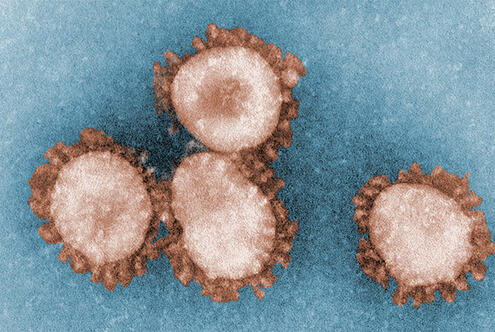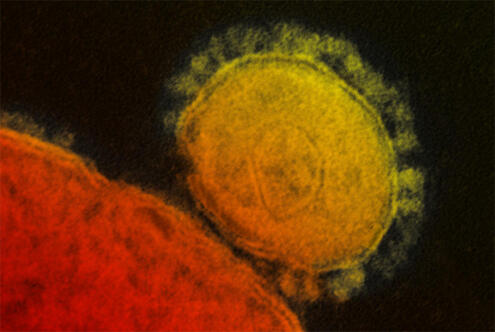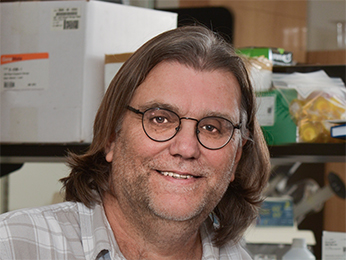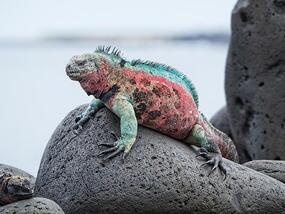LIFE SCIENCE
Virology and Epidemiology
Virology, Epidemiology, and Public Health

CDC/ Dr. Fred Murphy; Sylvia Whitfield
How do scientists understand, track, and model viruses and disease outbreaks?
Learn about the science and social impacts of viral infectious diseases, the diversity of viruses, and how viruses use our bodies to replicate. Authored by world-class experts in the field of biology, genetics, and epidemiology, this six-week online course examines how scientists understand, track, and model viruses and disease outbreaks.
This course begins Sep 9.
Fall 1 Session
COURSE COST
GRAD CREDIT
Learn about the science and social impacts of viral infectious diseases, the diversity of viruses, and how viruses use our bodies to replicate. Authored by world-class experts in the field of biology, genetics, and epidemiology, this six-week online course examines how scientists understand, track, and model viruses and disease outbreaks.
Course Format
This online course is asynchronous, giving you the flexibility to complete weekly activities at your own pace. Essays, written by our authoring scientists, are supplemented by case studies, textbook readings, videos, interactive simulations, image galleries, and more. These resources provide the foundation for assignments as well as online discussions where you will exchange questions and ideas with course faculty and other learners. The course culminates in a final project, which is your opportunity to create activities that you can use with your students.

National Institute of Allergy and Infectious Diseases (NIAID)
Connecting to Your Classroom
This course includes a variety of resources that can be adapted for use in your classroom. Participants frequently use course activities as a central component of their final project. For example, in this course you will investigate ways that computer models are used to anticipate viral outbreaks, track the spread of disease, and make public health decisions.
Created with the support of the City of New York Department of Health and Mental Hygiene. © 2022 City of New York
Recent Course Faculty
This course is co-taught by an experienced classroom teacher and a working scientist. With low faculty to student ratios, this powerful combination of scientific expertise and classroom application creates opportunities for discussions about the course content and how it can be taught.


